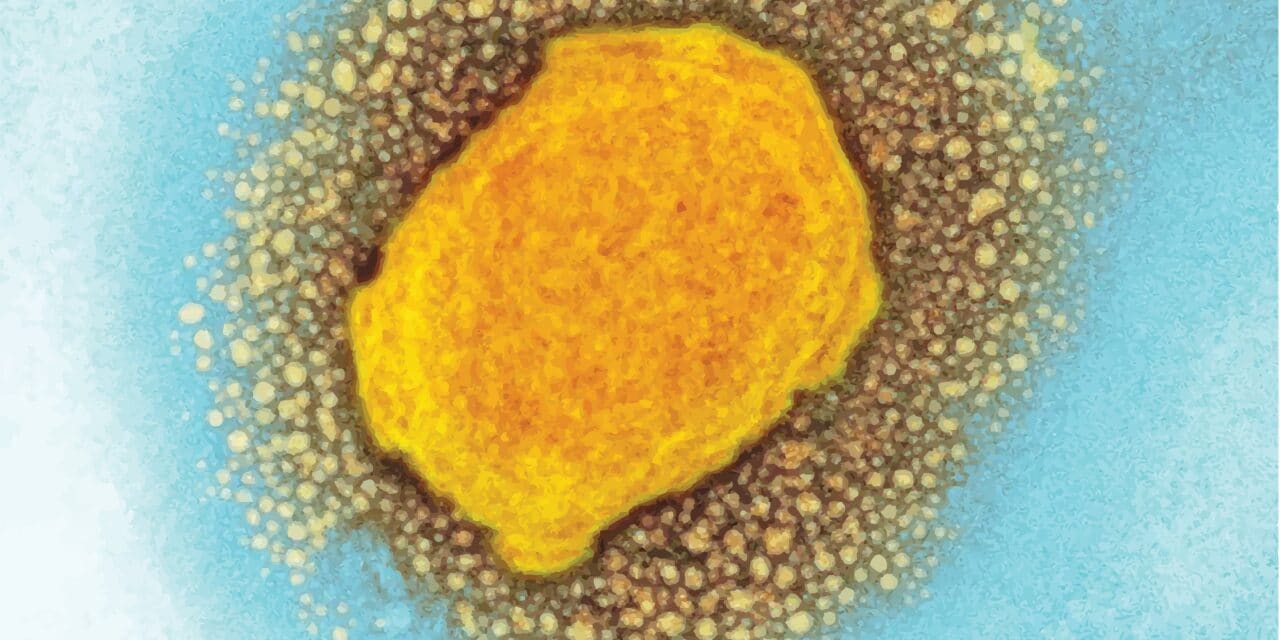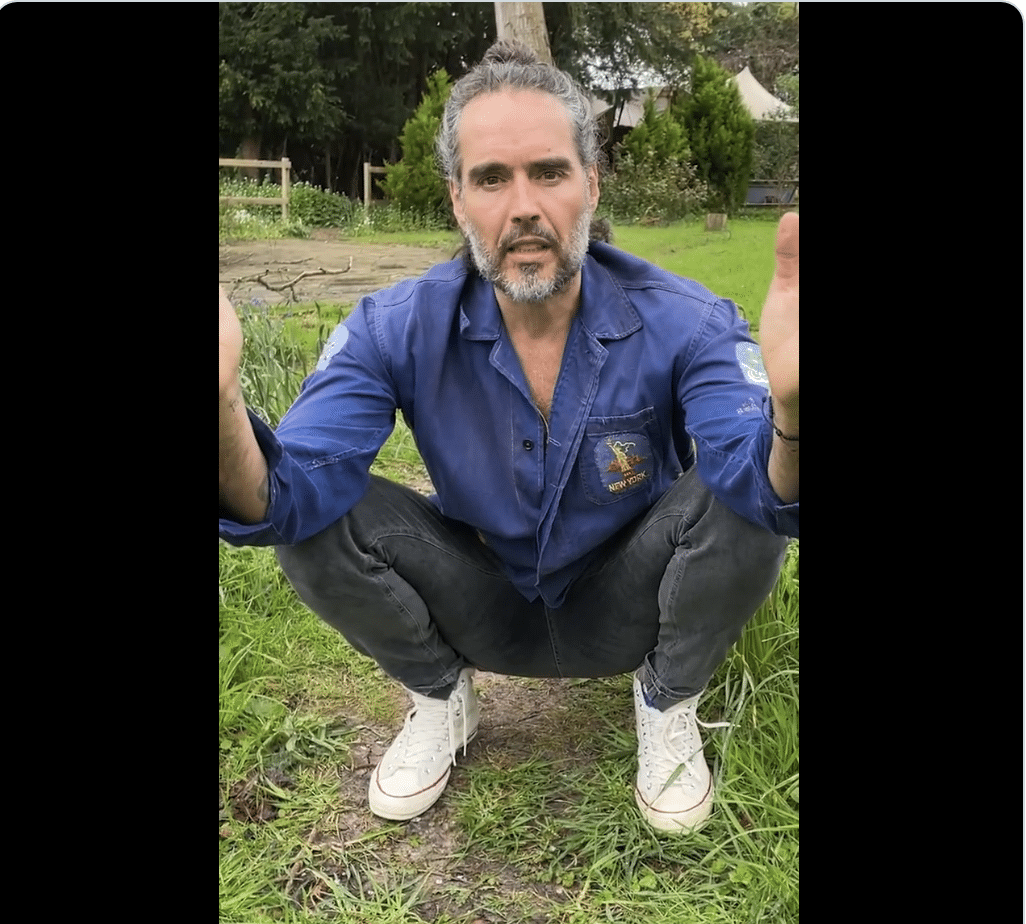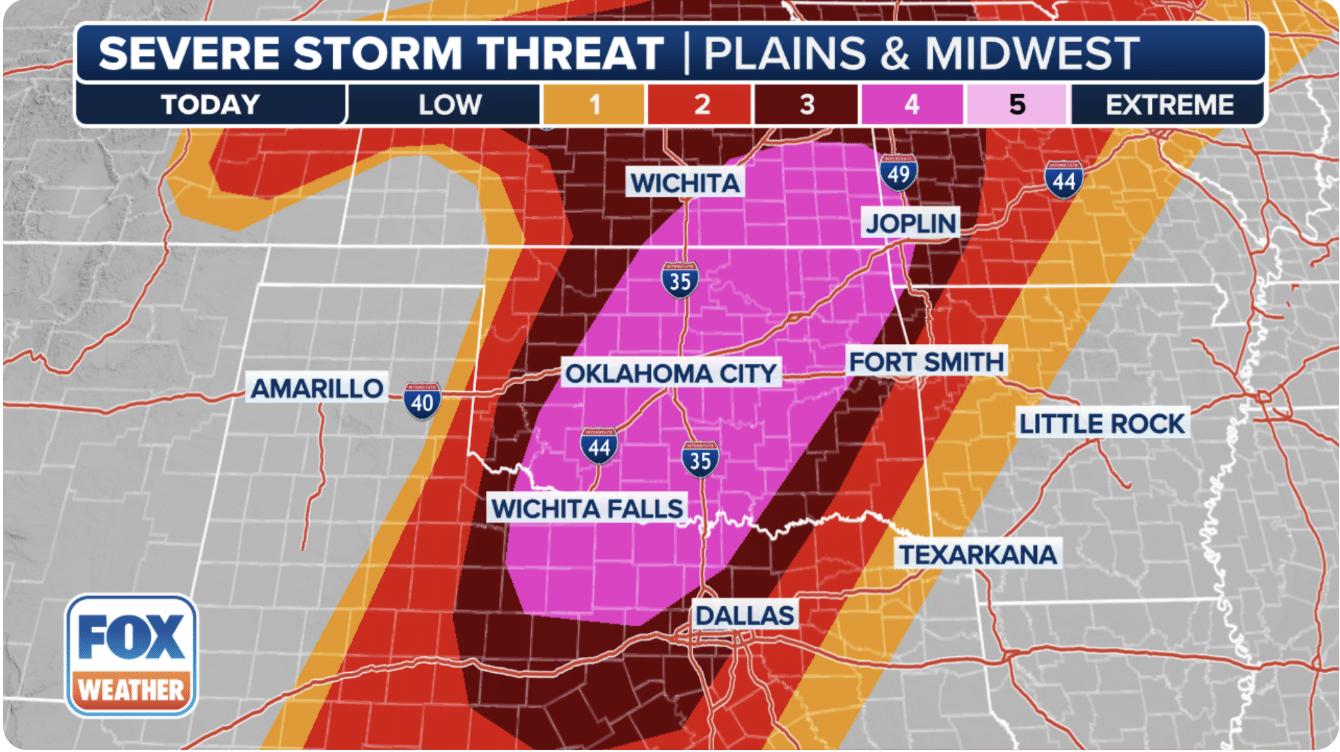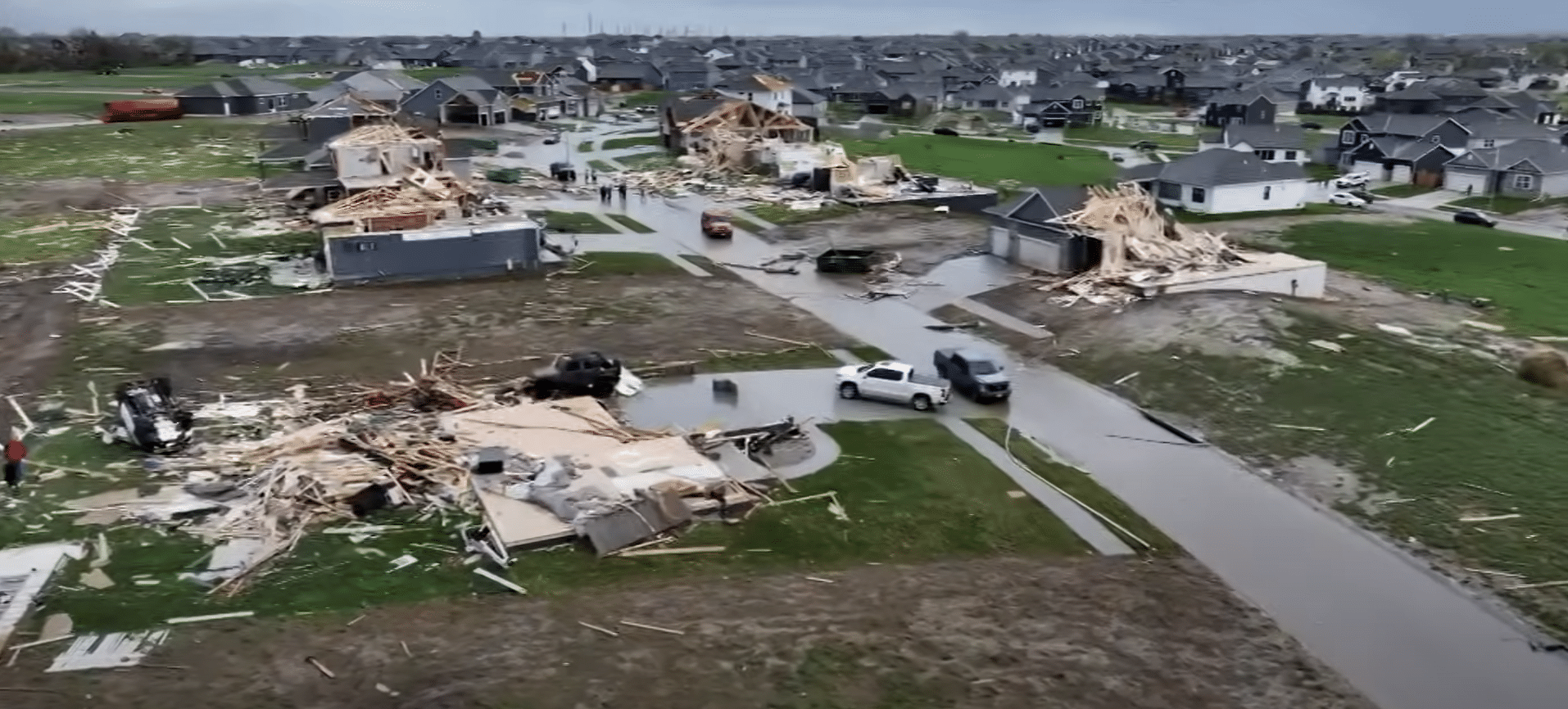The World Health Organization is now counting more than 550 monkeypox cases worldwide, the group’s technical lead for monkeypox, Rosamund Lewis, said Tuesday on CNN International.
“We actually have today a count of over 550 confirmed cases in 30 countries across four of WHO’s six regions,” Lewis said. “What we’re seeing now is really quite different,” she said, given that the outbreak is happening in multiple places at once. “We’re seeing cases all appearing in a relatively short period of time.
We’re seeing that in a few days, in a couple of weeks, we’re seeing over 500 cases. This is different. This has not been seen before.” In an update over the weekend, WHO said that as of Thursday, it had received reports of 257 confirmed monkeypox cases and about 120 suspected cases in 23 nations where the virus is not endemic.
Lewis said WHO does not know the source of the outbreak and called on countries to take advantage of the “window of opportunity” to keep cases from unfolding into a greater outbreak.
The Daily Mail recently reported that America may already have as many as 300 cases of monkeypox — more than nine times the official tally of 31 — but has missed hundreds due to a lack of testing, an expert warned Monday.
Dr Boghuma Titanji, an infectious diseases expert at Emory University in Georgia, claimed the U.S. likely already has the same number of infections as the UK — which is currently the world’s monkeypox hotspot.
But she said the arduous process of checking swabs — which must be sent to one of 74 local labs and then the Centers for Disease Control and Prevention (CDC) for confirmation — was leading to too few being done and many being missed.
Other experts say infections may not be detected because cases can be mild and clear up on their own, leading to patients not coming forward, or get misdiagnosed as a sexually transmitted disease like syphilis.
America’s monkeypox cases are mostly among gay and bisexual men and linked to international travel — particularly to Europe, which has spotted about 900 of the 1,000 global cases in 21 countries.
But at least one patient in the U.S. had not recently traveled or being a contact of another known case, suggesting the virus is spreading undetected stateside. Officials at the CDC have not revealed where the patient is based, although it is likely to be either Florida or Pennsylvania.
This week a World Health Organization chief warned the virus — native to West Africa — may have been spreading around the world for years before it was detected after cases multiplied due to unsafe sex at two raves in Europe.


















